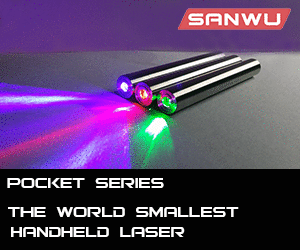lol.... okay, where do we start. A typical AA as in Zn/MnO2, NIMH, NiCd, NiZn, Li-FeS, LiMnO2, LiCoO2, LiMn2O4, LiFePO4, or LiNiCoAlO2? Different chemistry exhibit different electrical characteristics, all of which can exist in the same physical volume. That is, a cylindrical space measuring 14mm x 50mm

Stored energy cannot be translated to usable energy largely because of three primary obstacles. Internal resistance, Contact resistance, Ambient temperature.
If you don't care for volts, an NIMH AA can happily put out 10A. Not all 14500 batteries are the same, it's like asking, "How many beers can Ted down in one hour?" Who's Ted? XD
On the side of intuition, assuming that you do possess the necessary energy storage as mentioned, how do you stop a beam of light [laser is simply coherent light] halfway even when the medium in which is is traveling possesses little to no absorption abilities?
Something also to think about is that the laser does not have to be continuously on. Most diodes can withstand a little over-current when pulsed as opposed to be operated continuously. The relationship between output and forward current is non-linear, as is the relationship between forward voltage and current. Increasing the drive current to the diode by a factor of two may result in an increase in power greater than a factor of two. The same may hold true for output. However, doubling the current may not double the output, and in fact, above a certain point, light output may even decrease as the internal temperature of the die rises. However, batteries last a lot longer if the laser is only running half the time, say 50% duty cycle. etc.
that's my take on the "most difficult obstacle" in the whole mess.



